Design Tasmania
Corner of Brisbane and Tamar streets
Launceston, 7250
Tasmania
info@designtasmania.com.au
+61 3 6331 5506

Women in Design 2022
14th & 15th October 2022
Women in Design is back for its 5th iteration of this popular weekend event.
Ceremoniously opening the weekend will be Fluff Corp with ‘But First We Eat’ an experiential, ceramic-baked, leaf-wrapped dinner of seasonally grown and wild-caught fare. When dinner is done, the ceramic installation will form part of a 4-week exhibition that will include bio-plastic artworks by Melbourne experimental artist and designer, Jessie French.
Curated by Michelle Boyde and moderated by Dr Helen Norrie, Saturday will be filled with inspirational presentations and workshops to immerse you in design practice ranging from habitecture, ceramics for endangered species, cultural jewellery, scent design, material proposals for a post-petrochemical future, design for safe housing and developing Community Land Trusts.
Image credit: Kitty Wursthorn
Friday ticket | Dinner
Saturday ticket | Colloquium + Workshop
Press Release
For media assets, please contact us: info@designtasmania.com.au
Program

Women in Design
The annual Women in Design Colloquium is devoted to supporting an all-female speaker event, in the field of contemporary design. After four successful years, Women in Design has attracted professional and emerging participants from all over Australia to converge in Launceston Tasmania once a year, creating an intimate environment for succession, discussion and professional development. Previously held annually from 2015-18, and originally inspired by the gap in the Australian design and cultural calendar recognising and celebrating the pivotal role women play in growing and defining excellence within Australian culture practice and creative thinking.
Women in Design is about providing a platform to hear their voices and experiences at a number of levels. In doing so it provides the opportunity for professional development, networking, learning and sharing within a collegiate and welcoming environment. By developing a national event focused on the role and outlook of women in design practice, Design Tasmania seeks to underscore the importance of nurturing future opportunities for women in design.
Fluff Corp.
Fluff Corp is the creative partnership of ceramic artists Claire Lehmann and Jia Jia Chen. Using the material’s history to inform their ceramic activities, they aim to promote the connective and social potential of the medium whilst exploring its intimacy and ubiquity in daily life and its relationship to food and design culture.
Alongside immersive catering events and an object based practice, Fluff Corp has curated exhibitions for Melbourne Design Week, including an exhibition and series of clay baked dinners ‘But First We Eat’ in 2019 and ‘The Talking Ornament’ in 2021, an exhibition which investigated how objects speak and the role of public space and monuments in urban life.
Fluff Corp. continues to look at new ways of engaging with ceramic materials and the public.
Influences include; Peter Greenaway, 1980’s sci-fi set design, 1970’s interior design, Gordon Matta Clark’s FOOD, the writings of M.F.K Fisher, food history, and the work of Marije Vogelzang.
Website
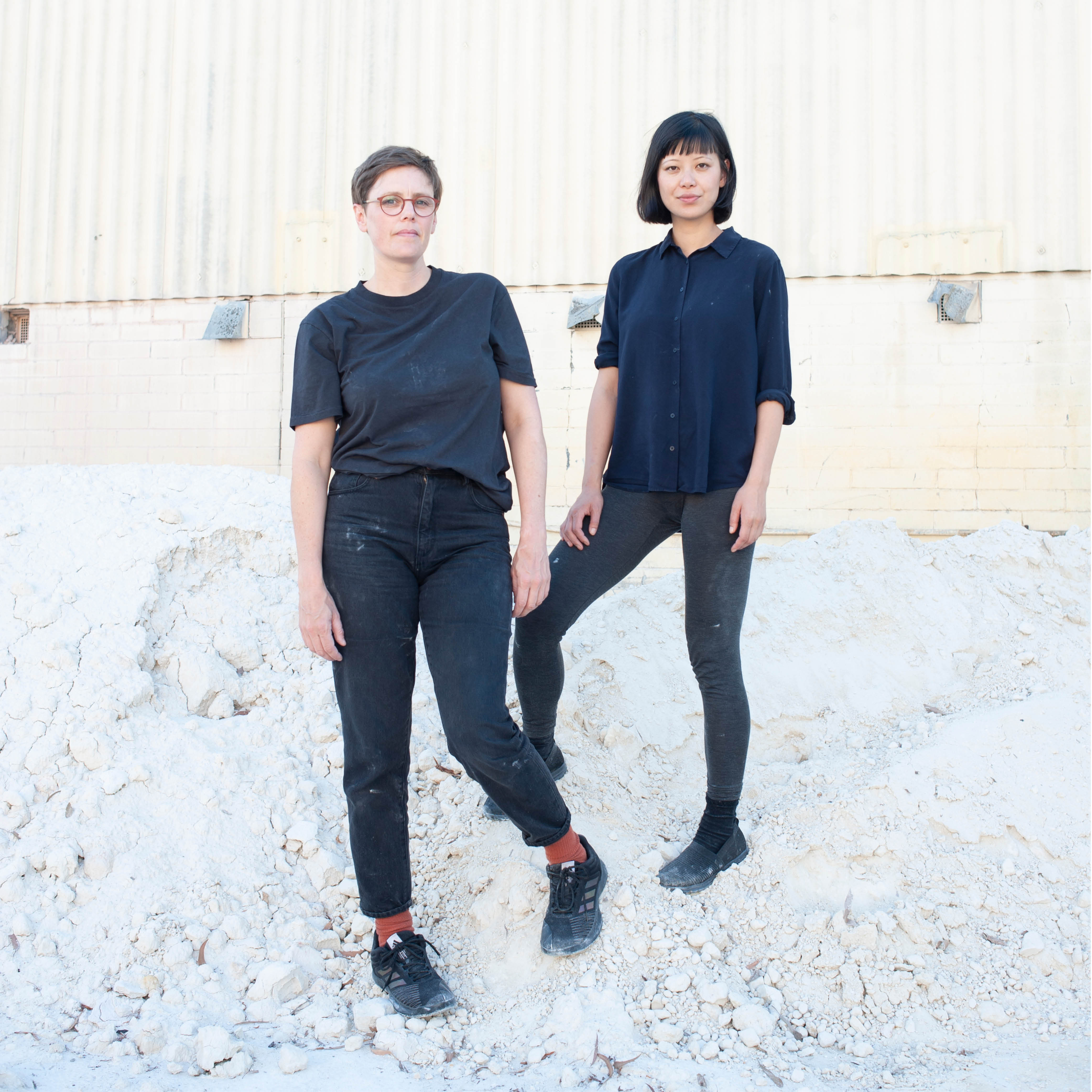
Claire Lehmann & Jia Jia Chen, photo by Bella Capezio
Jia Jia Chen
Jia Jia Chen is a ceramic artist working across art, design and food. Her interdisciplinary approach is driven by her interest in exploring the diverse applications of the material through function, decoration and industry within the framework of creative production. Born in China and raised in Australia, her practise draws inspiration from both Eastern and Western aesthetics; merging and reinterpreting iconic symbols into new and personal expressions whilst alluding to its complex history of cultural and economic exchange. She engages with the process of making as a transposing of conscious and unconscious ideas, the internal to the external and the physical to the metaphysical. She frequently works in collaborative projects with creative practitioners from diverse fields, that stems from her desire to explore potentials of cross-industry artistic outcomes.
Chen is recently graduated Master’s of Contemporary Art at VCA and was the recipient of the Art150 Fellowship. She has collaborated with Speak Percussion for Assembly Operation, Sophia Brous for Supersense ‘Festival of the Ecstatic’ and was commissioned by the City of Melbourne for a show at City Gallery called ‘Dream Machine’, the work from that show was acquired into their permanent collection.
Website
Claire Lehmann
Claire ceramic practise spans everything from bespoke lighting commissions to product design for commercial clients, curation and exhibition design. Claire has an Arts Degree from Melbourne University with an Art History major. She then studied Electronic Design and Interactive Media (EDIM) at Victoria University and then a Diploma of Ceramics at Holmesglen, TAFE.
Her arts practise has similarly evolved alongside study, shifting from painting, drawing and digital media, to object design, sculpture, lighting design, exhibition design and an interest in relational arts practises.
Claire’s ceramic lighting stems from an obsession with luminosity, shape, texture, process, weight and material tolerance. Taking cues from industrial design to create delicate domestic objects relates to an interest in challenging the boundaries and assumptions around materiality in object design.
Website
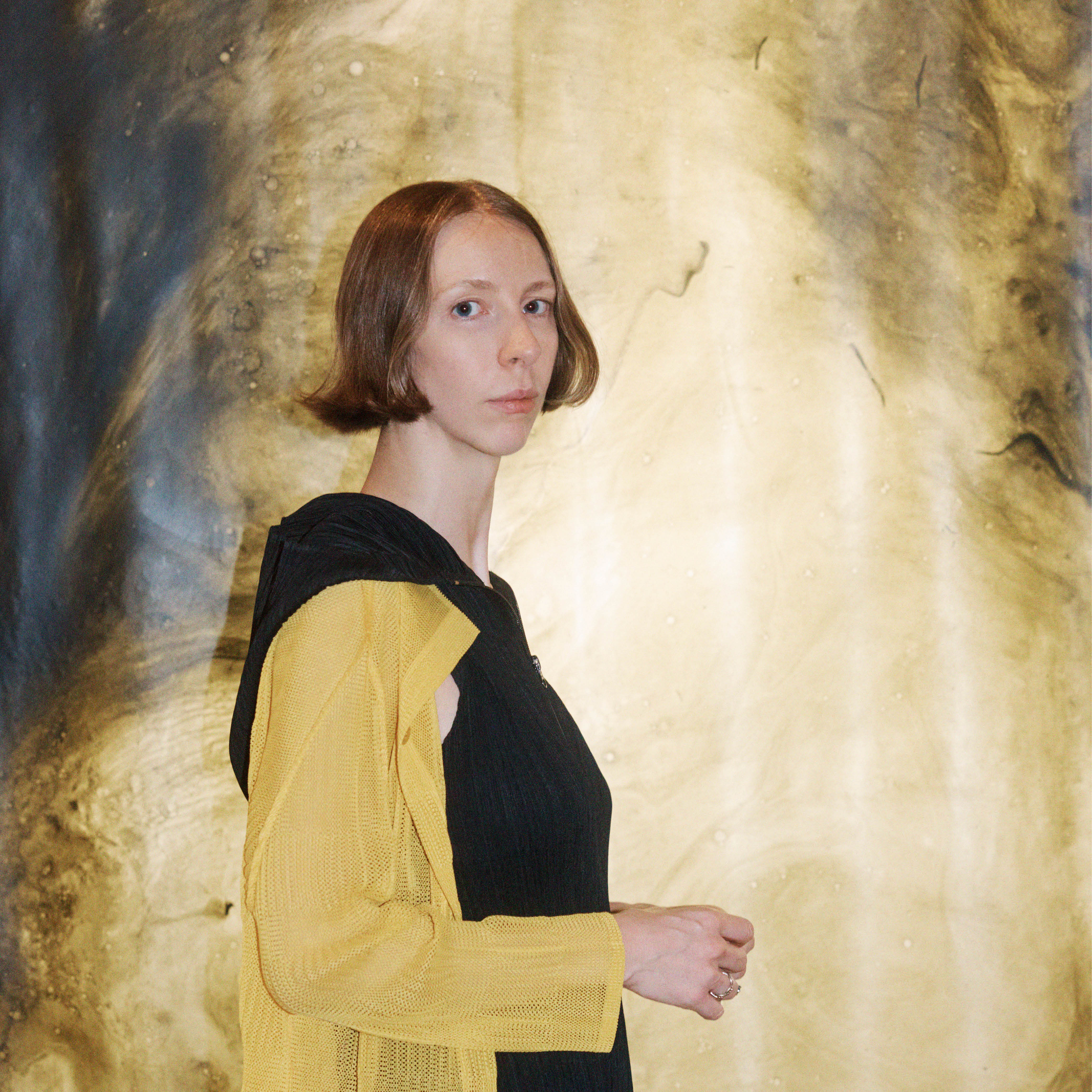
Jessie French, photo by Charles Dennington
Jessie French
Based in Naarm/Melbourne, Australia, the work of Jessie French explores speculative futures through algae-based bioplastic and water-based ecologies. Housed within an ethos of consumption, sustainability and regeneration, her practice invites others to engage with the possibilities of a post-petrochemical world. Through experimenting with other materials, she explores the potential of closed-loop systems of (re)use and conscious consumption and interaction with objects. In 2020, French founded OTHER MATTER, an experimental design studio working with algae-based bioplastics which engages others in the possibilities of new materials though objects, experiences and futures.
Website
Jane Bamford
Bamford began studying ceramics in Japan at To En Kai studio in 1993. She subsequently completed a BFA, majoring in Ceramics at the Tasmanian College of the Arts, Hobart and was awarded the Deans’ roll of excellence in 1995. Bamford was selected as an Associate at the Jam Factory Craft and Design Centre in Adelaide in 1997 and has since exhibited throughout Australia and internationally.
Bamford creates work over a range of ceramic processes including slab formed, hand built, slip cast and weaving. Her work is primarily informed from research and observation of the coastal, marine, and alpine landscapes of Tasmania. Her observation, connection to place and environmental awareness has led her to produce work on issues like climate change’s impact on Tasmanian marine environments and the creation of Spotted Handfish spawning habitat in collaboration with CSIRO.
Bamford has actively pursued art/science collaborative projects, including collaborating with little penguin ecologists in both Tasmania and South Australia and has developed links to philanthropy in species support. She is currently an artist in residence at the University of Tasmania Centre for the Arts and Media creating ceramic work to be deployed in marine installations as part of a collaborative project to regenerate a series of native oyster reefs in South Australia.
Jane has become known for pioneering an arts practice around creating functional forms in species support which embody creative problem solving, functionality and compassion for the non-human world.
Designer Profile
Website
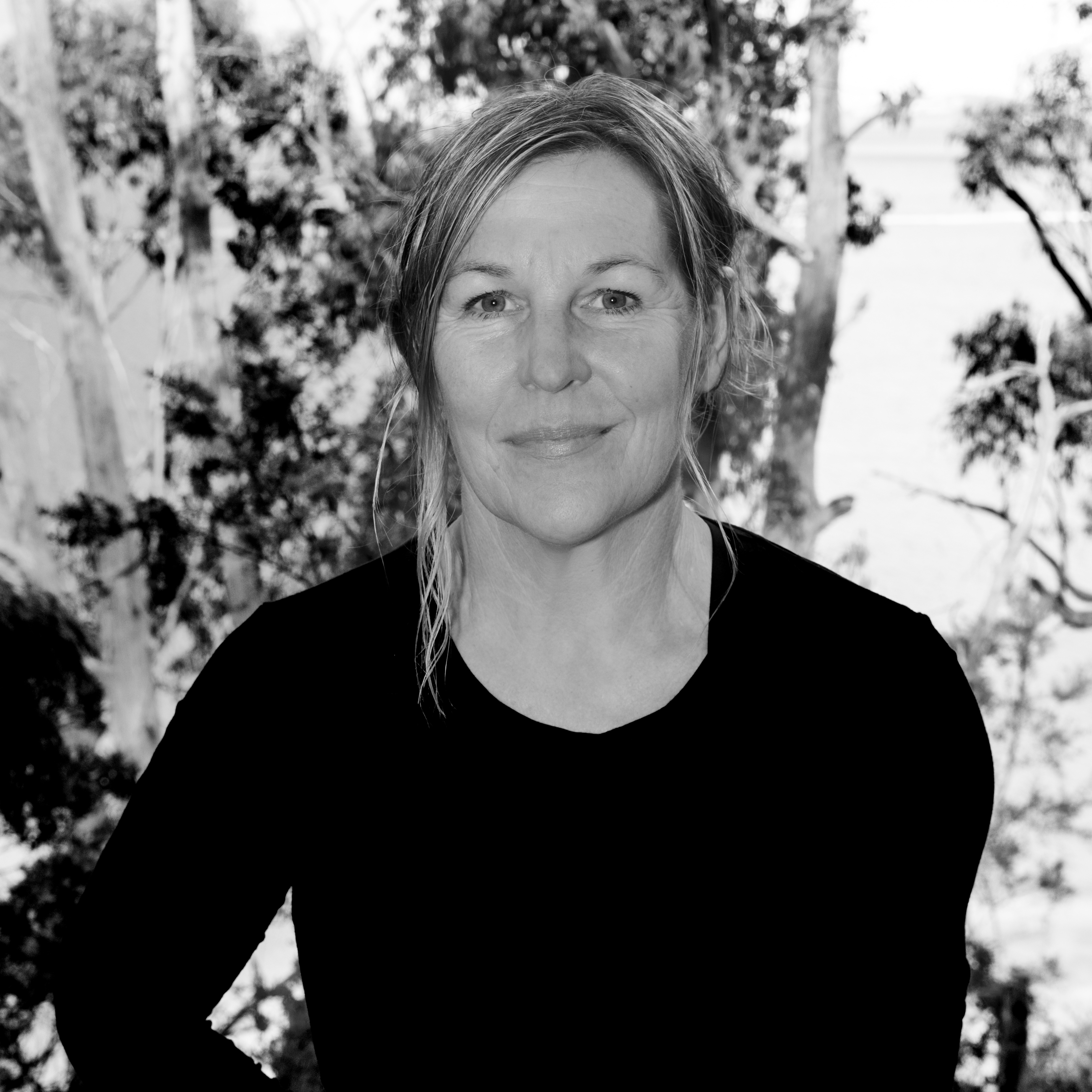
Jane Bamford, photo by Ivett Dodd
Louise Wallis
Dr Louise Wallis has over twenty years' experience at the School of Architecture and Design at the University of Tasmania. The catalyst to move to Tasmania, was the opportunity to research the educational benefits of Learning-by-Making (LBM) studios (2000). LBM provides an opportunity for design ideas to emerge from modelling and making with materials and testing the structure in a Bauhaus manner. In addition, design ideas are also informed by working through collaborative design processes with non-profit organisations, typically resulting in a unique small object or pavilion.
Louise's current LBM studio, Species Hotels, draws the community and tourists' attention to a significant ecological restoration project in The Midlands through sculptural habitat or habitecture. The Midlands is typically known for sheep and pastures with a few dead trees, then it being the only biodiversity hotspot in Tasmania recognised nationally. The sculptures include habitat for woodland birds, microbats and small biota, made from salvaged timber, simple fastenings and a lot of joy. Over 500 participants have worked together since 2016 on this project, including research scientists, artists, Greening Australia, educators, school children and first year university students.
This LBM studio is also reflective of Louise's research areas in design studio pedagogy across Australasia as well as the use and development of timber products in architecture and the industry.
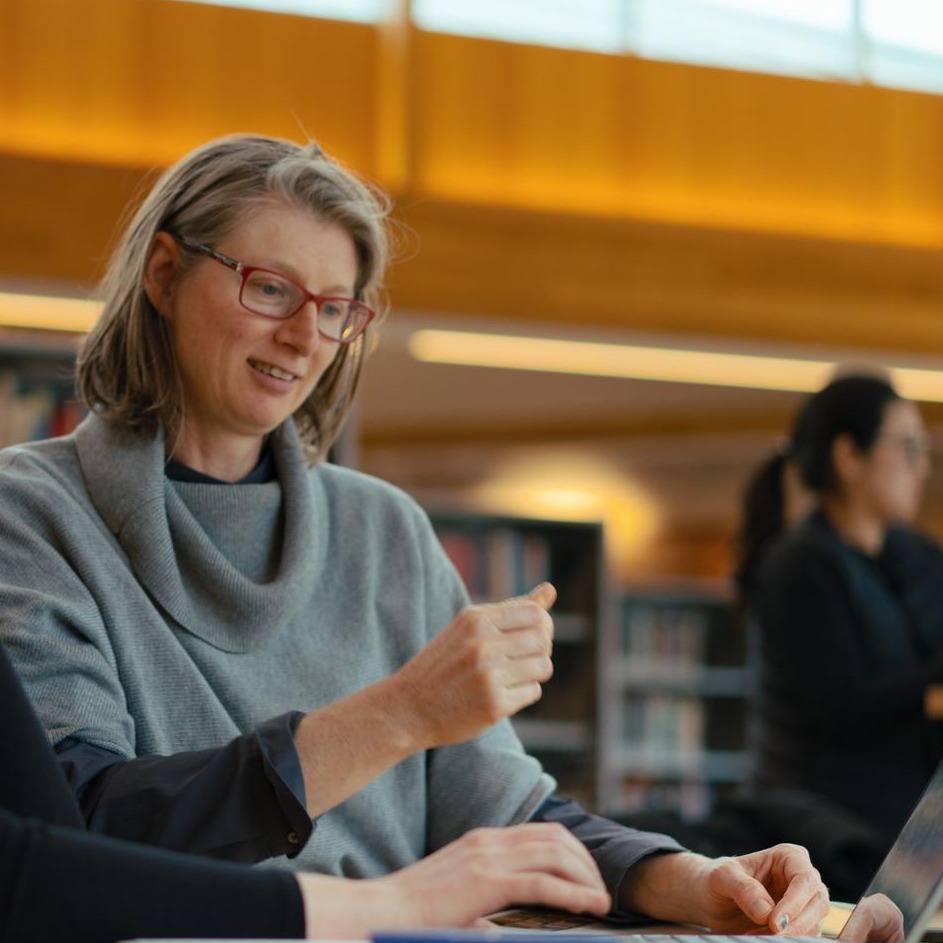
Louise Wallis; photo courtesy of Louise Wallis.
Emily Taylor
Emily is an Associate at Core Collective Architects, a small and nimble practice based in nipaluna/Hobart, with a focus on environmentally responsible housing and community buildings. In 2020 Emily became acutely aware of the growing housing crisis and set out to learn more. Her enquiries led her to the Hobart Women’s Shelter, who are having to turn away 8 out of 10 women and 8 out of 10 accompanying children from across Tasmania, due to a lack of accommodation.
Emily is working with the Hobart Women’s Shelter to design a prototype of rapid construction, energy efficient, permanent homes for women and children facing homelessness. The design embraces trauma-informed principles which will ensure that the homes are dignified, safe, healthy, and healing. The project is quickly garnering support from all facets of Tasmanian government, philanthropists and the design and construction industry. The first two homes are due for construction early 2023.
Emily will share her journey on the Hobart Women’s Shelter housing project, and her learnings from a process that has been humbling, highly collaborative and, ultimately, hopeful.
Core Collective
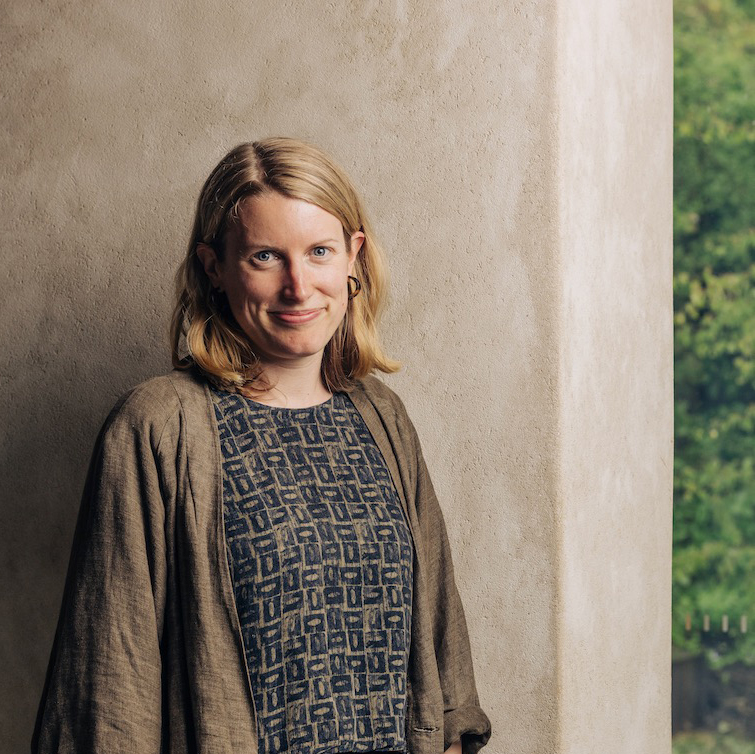
Emily Taylor, photo by Adam Gibson
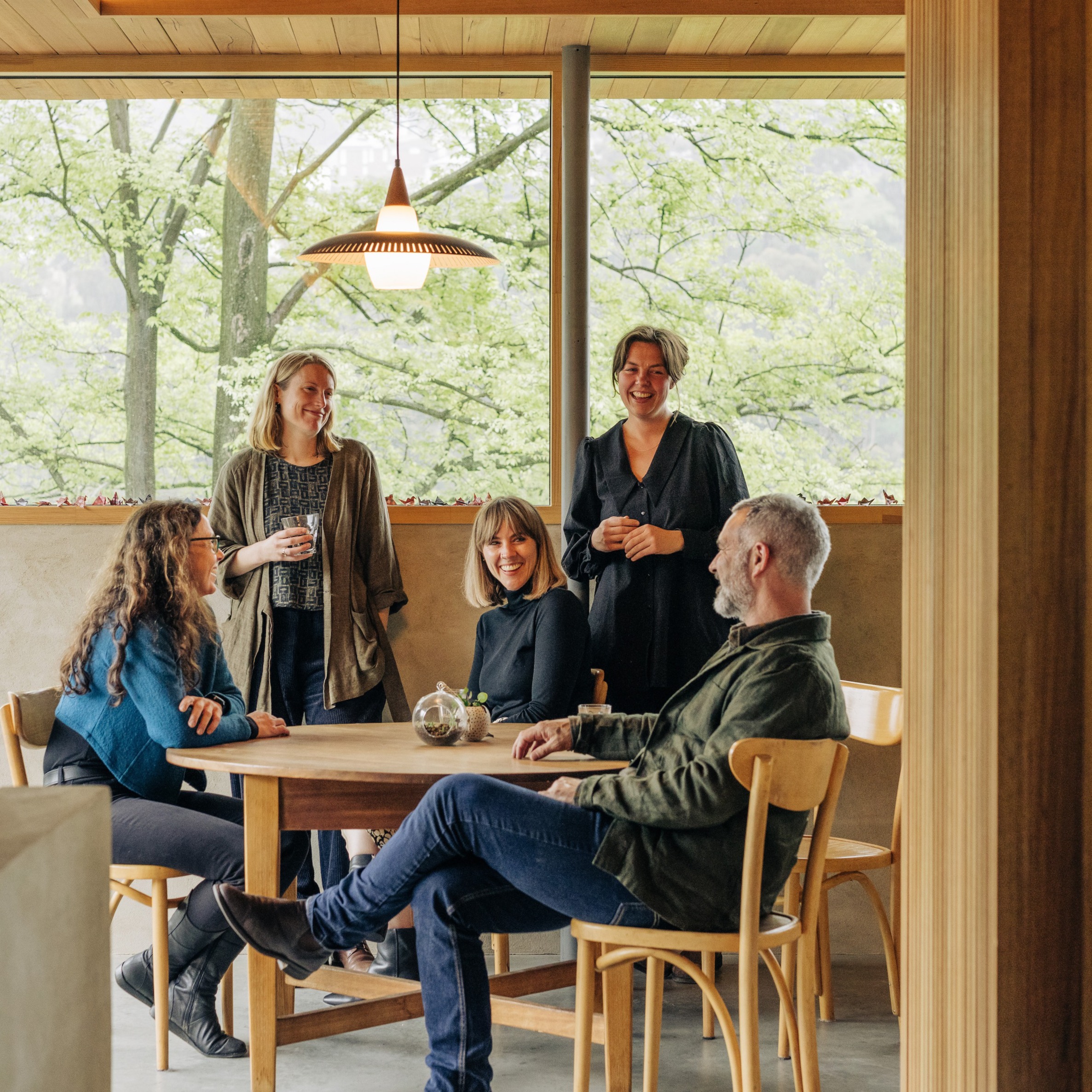
Core Collective, photo by Adam Gibson
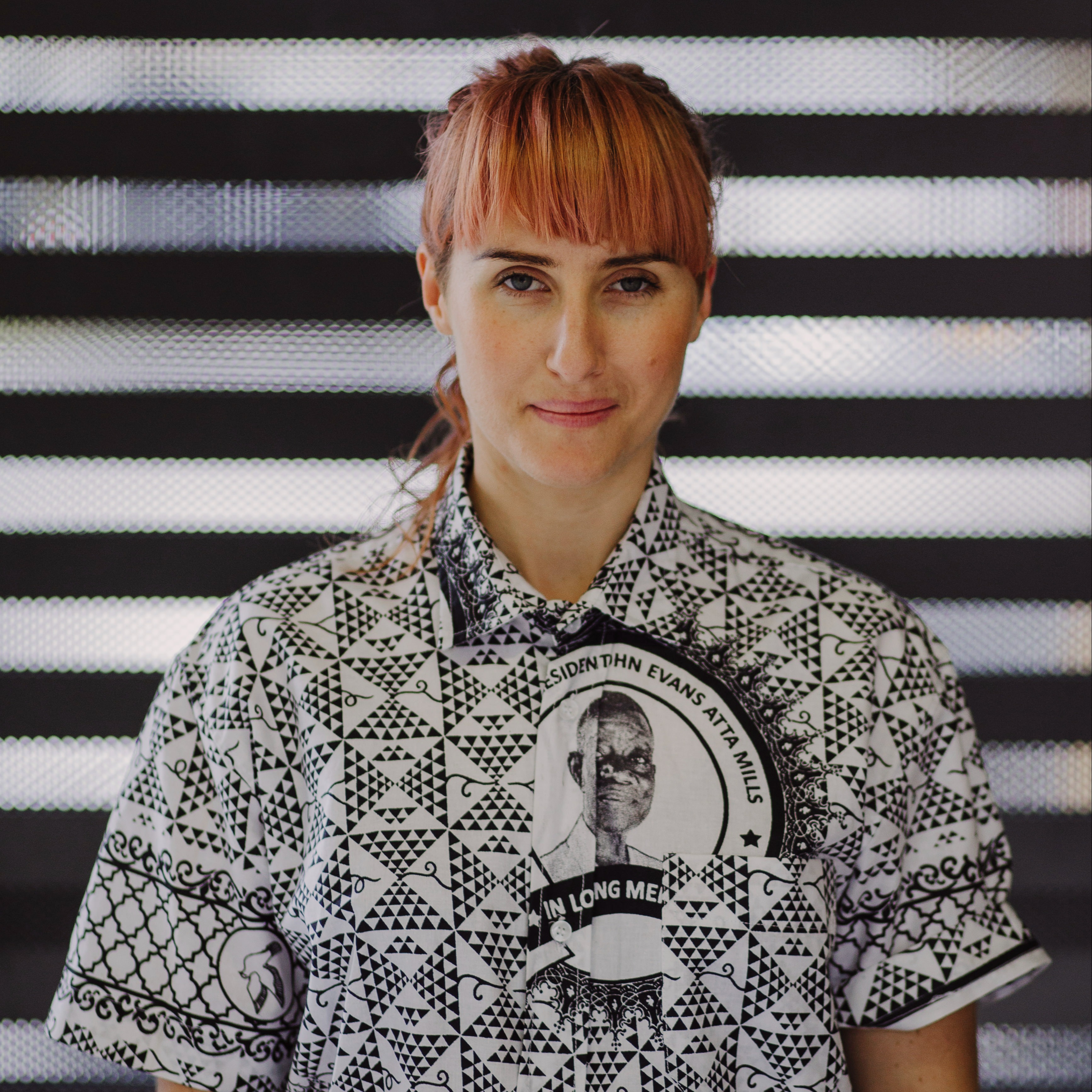
Genevieve Zoe Murray
Genevieve Zoe Murray
Co-Directed with Wiradjuri man Joel Sherwood-Spring, Future Method, a research and design studio, actively pushes the line between the practical and the abstract, seeking to extend and enrich the field of anti-disciplinarity and collective culture and push them into the public domain.
We have long been concerned with the ambient or latent conditions that pre-determine practice. Country is emerging in planning and architectural discourse as something we must embed, listen to, and respond to in the way we design and plan, but, Aboriginal people, the custodians of Country and the knowledge that keeps it cared for, are impacted continually and disproportionately by these processes. Future Method presents two projects that seek to reconfigure the possessive logics of property to help us imagine alternate futures.
Website
Hilary Burden
British/Tasmanian writer, editor, and broadcaster Hilary Burden worked in Sydney and London for leading publications, including Vogue, Cosmopolitan, BEME.com, New Woman, The Sunday Times (Style) and The Guardian. She has a Diploma in Gender, Society & Culture from the University of London, and a BA in English and Politics from the University of Tasmania.
In 2004, Hilary returned to northeast Tasmania to live on a farmstead, pursuing a passion for nature, food and gardens. Her best-selling Tasmanian memoir A Story of Seven Summers was published in 2012 by Allen & Unwin. She has worked regularly as a broadcaster for ABC Radio; as columnist for Country Style magazine and the Mercury’s TasWeekend; and, as a contributor to Gardens Illustrated UK. Her Tasmanian stories and poetry are published by Forty South. In 2021 she was a judge for the Tasmanian Writers’ Prize. Hilary has appeared on stage in conversation with Nigella Lawson (twice), Yotam Ottolenghi, Stephanie Alexander and Annabel Crabb. In 2019, she completed Undersong – the manuscript – as inaugural artist/writer in residence at Glover House, Deddington in 2019.
After graduating from a perfume masterclass in London in 2019, and inspired by subsequent visits to Grasse, France, Undersong – an aromatic story of Tasmania – was founded in Swansea, 2021.
Designer Profile
Website
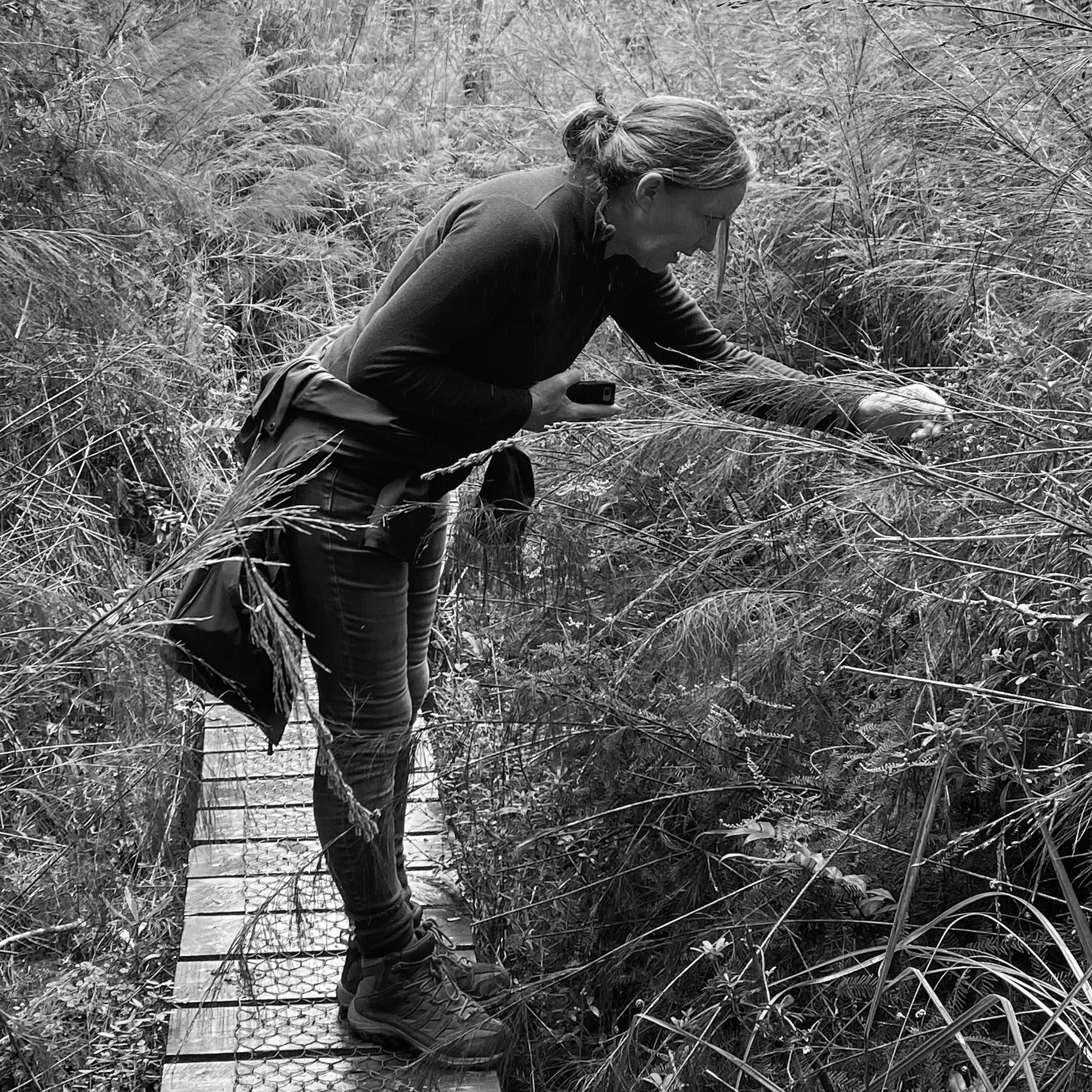
Hilary Burden, photo Claire Takacs
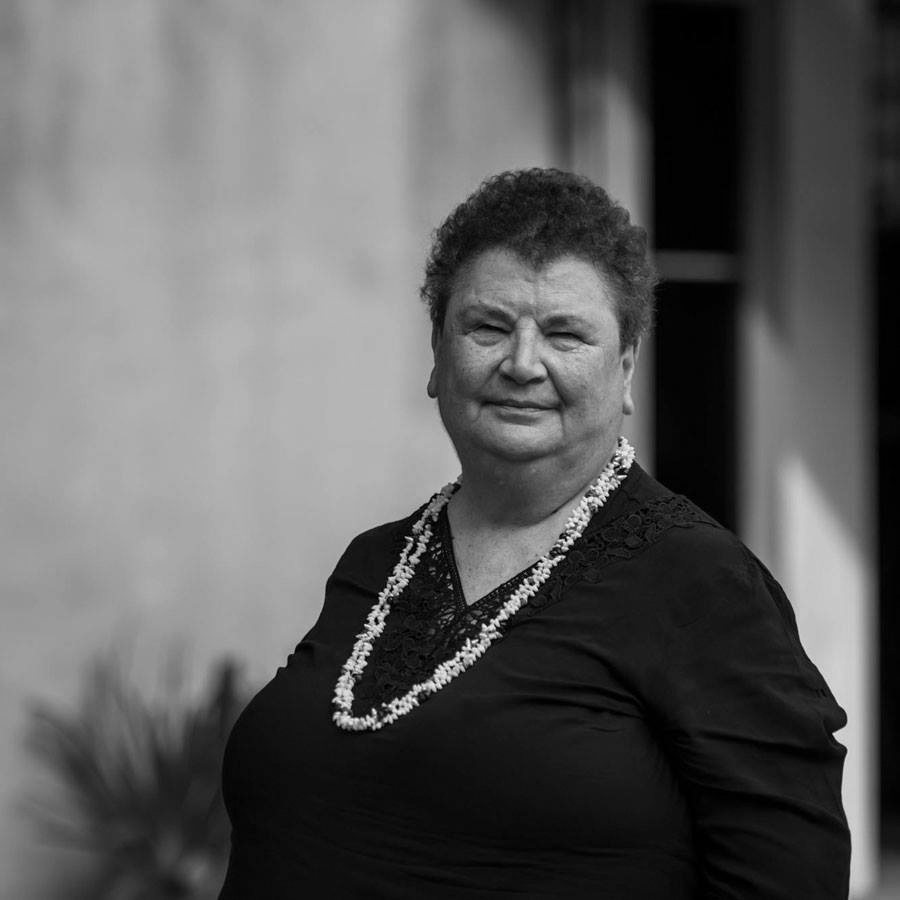
Lola Greeno, photo Emily Dimozantos
Lola Greeno
As a highly respected Tasmanian Indigenous shell worker, sculptor, installation and fibre artist, originally from Cape Barren Island but now living in Launceston Tasmania, Lola Greeno was awarded Craft Australia's Living Treasures Award for 2014.
With more than 30 years of traditional shell necklace making; the knowledge and customs that were passed down from mother to daughter; Lola is one of a handful of women shell stringers who have been responsible for ensuring the craft is passed on from their Elders and continued to the present day.
Although a traditional craft, Lola today works with the shell necklaces in a contemporary manner, sometimes incorporating them with woven fibre works or as parts of installations. Her work is not static or held in the past; it speaks of today's Tasmanian indigenous women.